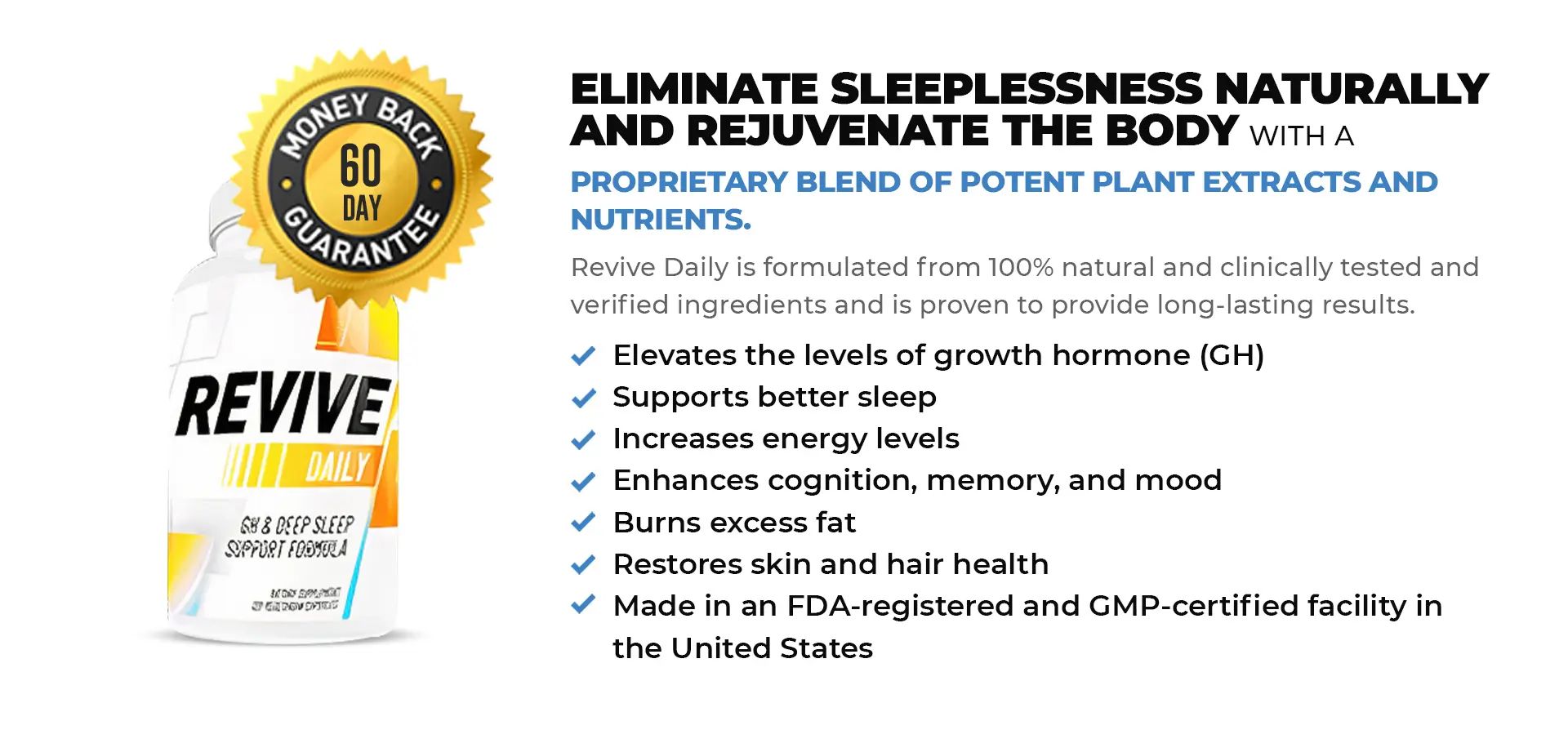Choosing the right meat and poultry products
Choosing the right meat and poultry products can be one of the most difficult parts of cooking and eating for better health. Meat, seafood, and poultry are important sources of protein, iron, vitamins, and minerals, but they are often laden with undesirable qualities such as saturated fat and cholesterol as well. Choosing the best, leanest cuts of meat is important to any health-conscious shopper.
One of the most important things to know when choosing meat, seafood, and poultry products is that less is often more. That means buying meat, seafood, and poultry products that have been processed as little as possible. The past few years have seen quite a jump in the number of convenience foods, but these foods are often much less healthy than their fresh meat counterparts.
One reason why this is so is the need for preservatives, sodium, and other additives. Foods that are frozen, microwavable, or ready to eat often contain large amounts of sodium, often more than you need in several days. While it is fine to keep a couple of these convenient foods on hand for quick meals, they cannot form the basis of a healthy eating lifestyle.
Nutritional Quality
Fresh meat, seafood, and poultry, on the other hand, do not suffer from the need to add sodium or preservatives. Buying fresh meats and seafood, and preparing it yourself, is the best way to have confidence in the nutritional quality of the food you feed your family.
Of course, no discussion of fresh meat is complete without a note or two about safe handling techniques. Foodborne illnesses can easily be spread through contaminated meat, poultry, and seafood, and it is impossible to tell by looking if the product is contaminated. Since cooking to the proper temperature destroys these food-borne pathogens, the most important thing is to keep raw meat and poultry away from foods that will not be cooked.
That means keeping things like salad bowls and bread plates well away from the area of the countertop where the meat is prepared. Any surface touched by raw meat, seafood, or poultry should be thoroughly cleaned with an antibacterial solution, and separate cutting boards should be used for vegetables and meats. Following these basic food hygiene practices is the best way to protect yourself and your family from food-borne illnesses.
Cutting the fat is also an important consideration when it comes to choosing meat, seafood, and poultry. While most types of fish are healthy and low fat, some fish, such as salmon, can have significant fat content. Again, the nutritional labels should be your guide.
When it comes to chicken, the best course of action is to buy skinless, boneless chicken breasts. This type of poultry is healthy, convenient, and easy to use. And best of all, skinless, boneless chicken breasts are often on sale, so stock up on them when your local grocery store runs its next promotion. A good alternative for those with the time is to buy regular chicken breasts and remove the skin and bone yourself. This is often a less expensive alternative than buying the boneless, skinless chicken breast.
Ground turkey can be an excellent and lower-fat alternative to ground beef, but again it is important to read the label carefully. That is because ground turkey, particularly the less expensive brands, often contains skin and fat along with lean meat. Ground turkey breast, or a brand with a lower fat content, can be a healthier alternative. Ground turkey breast can be used in any recipe that calls for ground beef, including burritos, barbecue, tacos, chili, and even hamburgers on the grill.
And of course, eating healthy does not mean giving up delicious foods like beef and pork. Lean cuts of beef and pork can be an important part of a healthy diet. Beef and pork are both excellent sources of iron, zinc, and B complex vitamins and properly prepared, lean beef and pork are nutritious as well as delicious.
And finally, there are a number of lower-fat, healthier alternatives to beef and pork. Meats like buffalo, venison, and emu are much lower in fat than beef while providing the same or even higher levels of protein. The downside of these exotic meats, of course, is the price, but if you can find a local supply at a good price they are definitely worth a look.
DISCLAIMER:
This information is not presented by a medical practitioner and is for educational and informational purposes only. The content is not intended to be a substitute for professional medical advice, diagnosis, or treatment. Always seek the advice of your physician or other qualified healthcare providers with any questions you may have regarding a medical condition. Never disregard professional medical advice or delay in seeking it because of something you have read.
Since natural and/or dietary supplements are not FDA-approved they must be accompanied by a two-part disclaimer on the product label: that the statement has not been evaluated by FDA and that the product is not intended to “diagnose, treat, cure or prevent any disease.”





